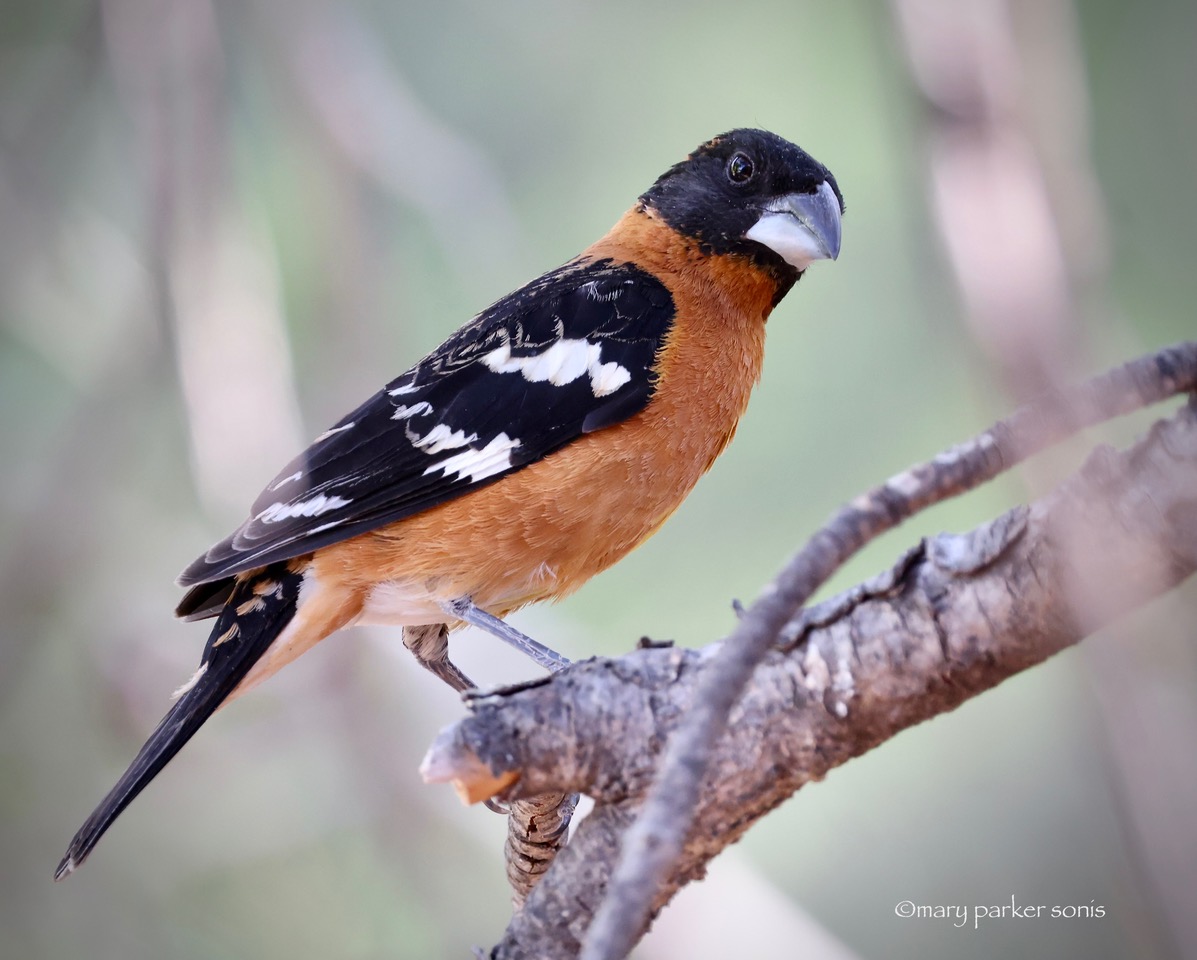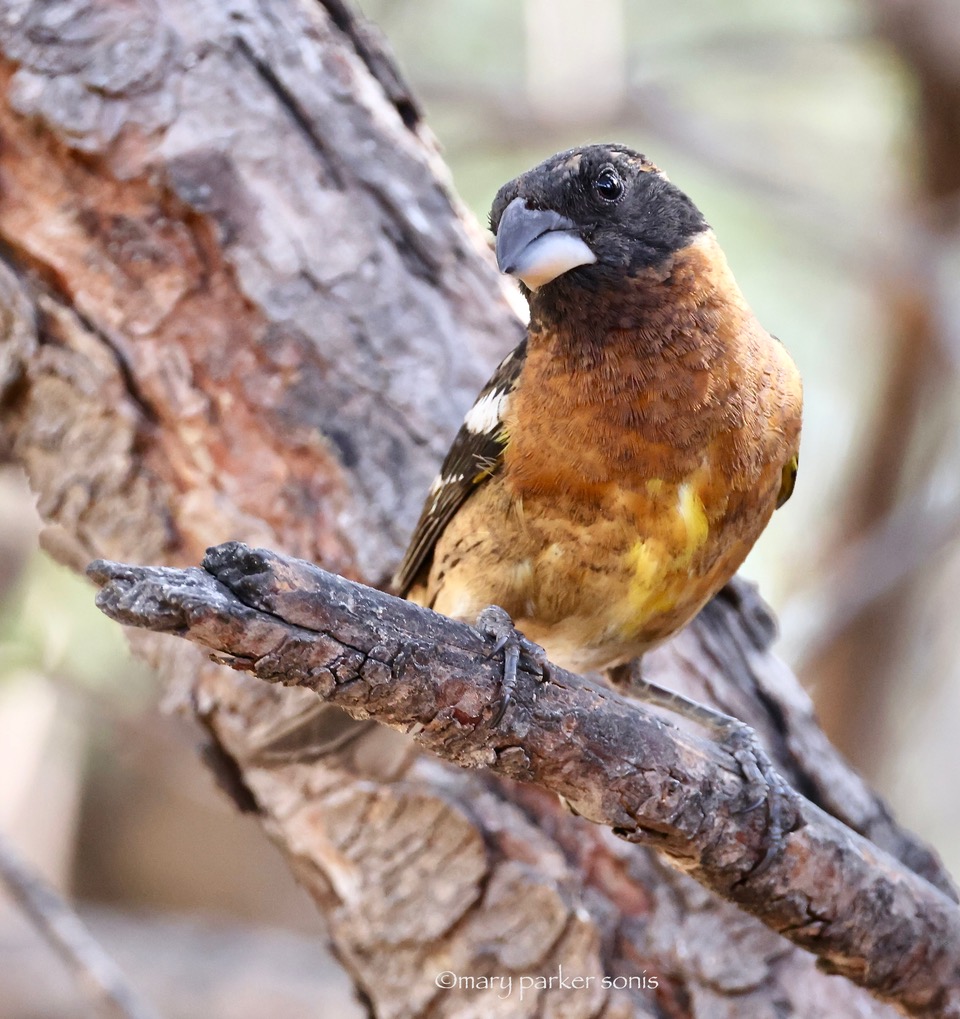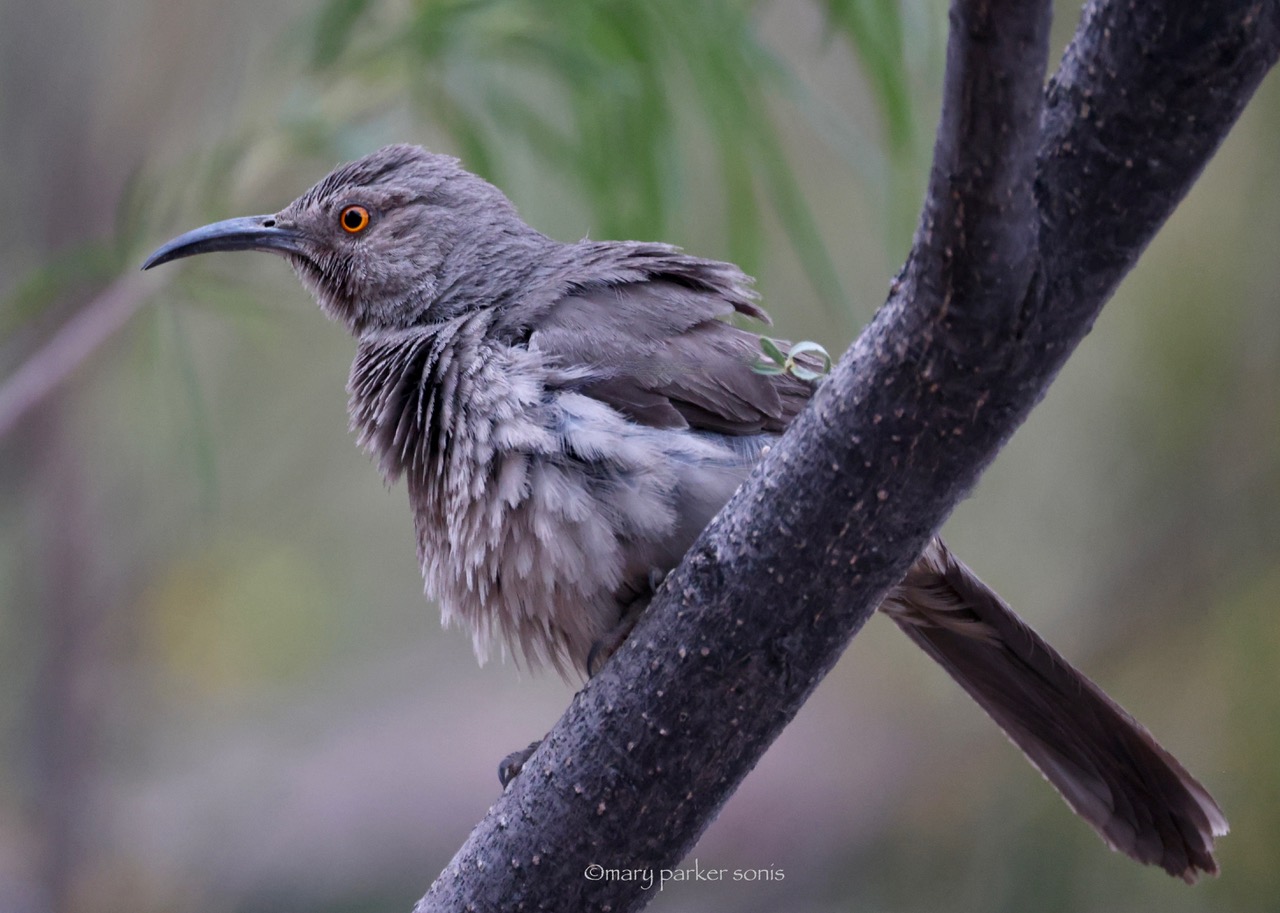Fresh back from Portal Arizona with so much to share. I’m going to start out slow with first impressions from the ranch, and all the easy finds right from our ranch digs.
The ranch provides a desert sanctuary for many species as they have bird feeders set out in every corner, and water flowing night and day. The water is probably even more important than the food as we arrived at the end of a terrible drought in southeastern Arizona. They had not had a drop of rain since last August. Roads were dusty, leaves crackled beneath your feet, and deciduous trees like Oaks have gone dormant to conserve water. The Oaks haven’t leafed out this season, simply not enough water to provide for those trees. When residents hear thunder at night, they are hoping for rain, but praying that no lightning ignites a fire in the bone dry canyon.
Driving down the ranch road, you are immediately accosted by the Wild Turkeys. There are dozens of them wandering every path, and the Toms are anxious to strut their stuff. Their showy fanning includes short running bursts where they drag feathers along the ground creating a dramatic brushing sound along the dry path.The hens almost uniformly ignored the constant displays.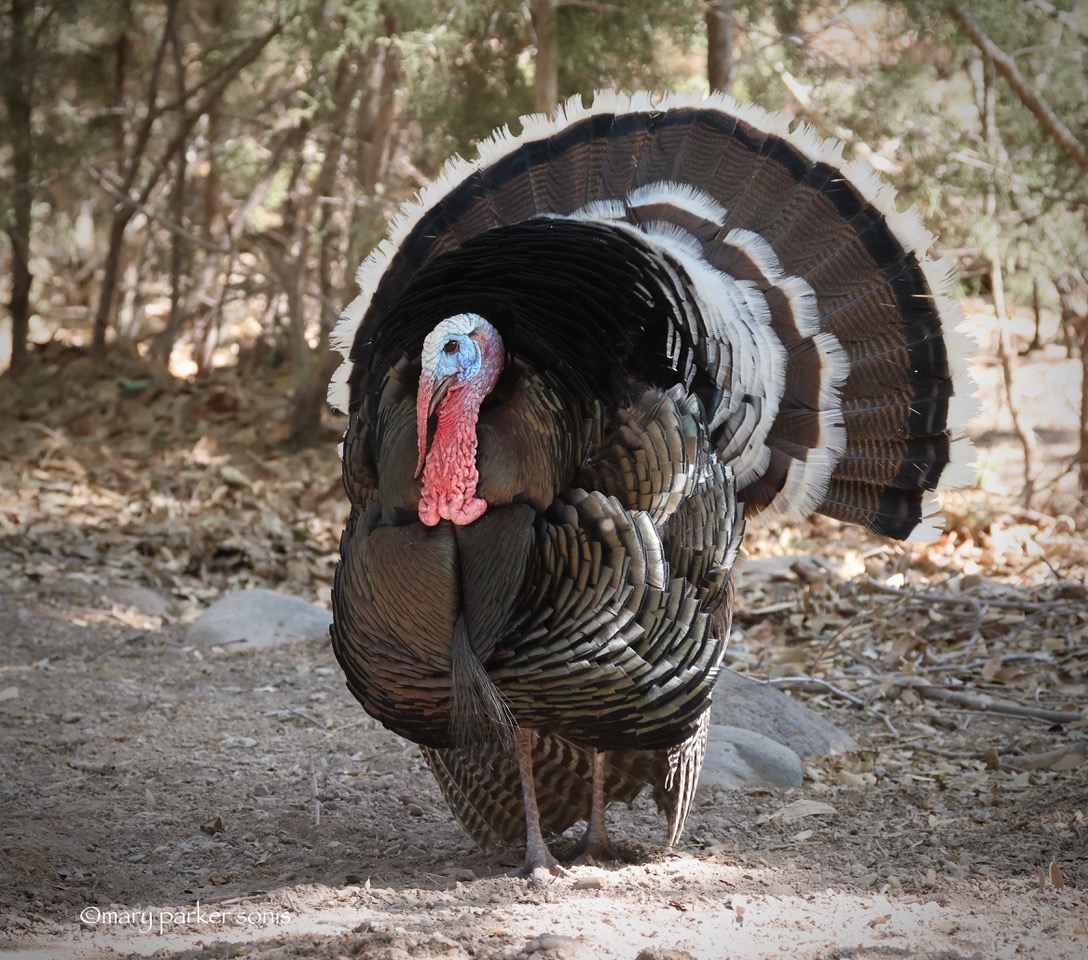
Gould’s Wild turkeys were extirpated from southeastern Arizona in the 1920’s due to unregulated hunting and habitat degradation. In 1983, 250 Gould’s turkeys were captured in Mexico and released in Arizona to restore the population. The re-introduction has been wildly successful.
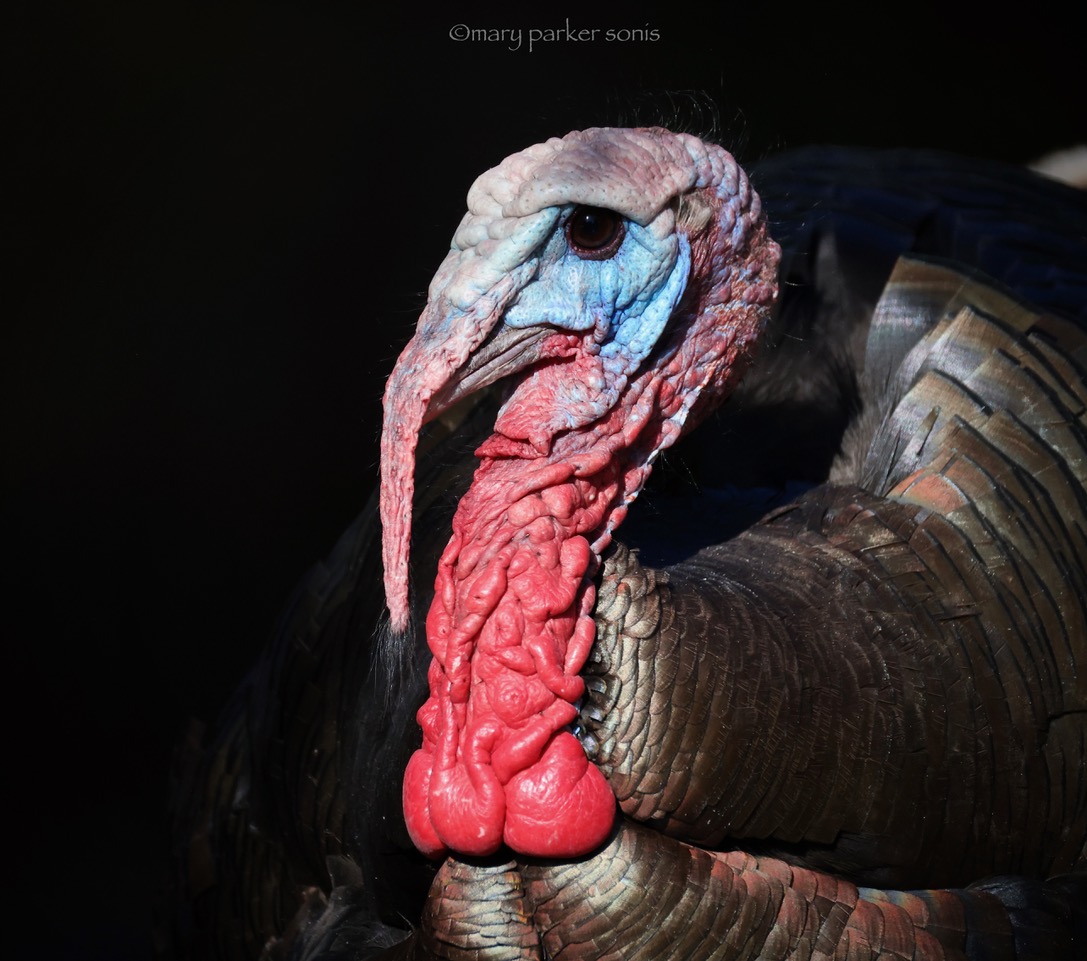
Below, you can observe a Desert Stink Beetle. I apologize for not taking any of my own photos of this determined beetle, but I was otherwise occupied removing them from our cabin. These beetles don’t bite or sting, but they do tend to invade human dwellings. We kept a beetle glass and coaster by the sink to remove them and send them along back into the desert scrub. When disturbed, the inch long beetle aims its rear end in the air and sprays a noxious juice at its attacker. This defense is quite effective against predators except for the wily Grasshopper Mouse who has developed a unique way to avoid the spray of quinone. The mouse will quickly flip the beetle, and bury the beetle’s rear end in the sand, giving the mouse time to eat the beetle head first. My companion Karla was convinced that the beetles would seek refuge in our boots at night, and kept her boots in sealed plastic bags. I pooh- poohed this action until our last day in the cabin when I found one of the stinky invaders inside my unzipped camera bag. I got my comeuppance with a smelly bag to lug home to air out.
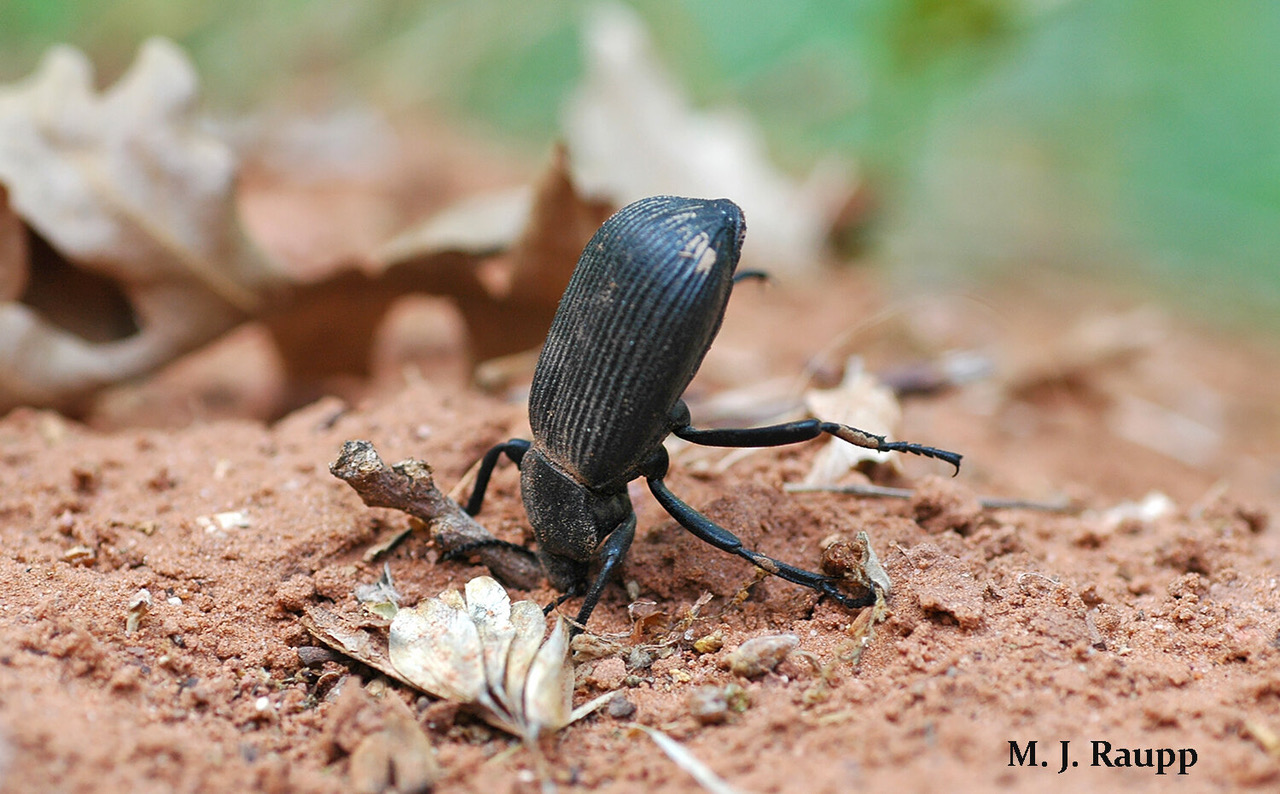
The most frequently seen bird in this area is the Acorn Woodpecker. What a wonderful species. They bore small holes in trees and insert acorns into each small cavity.
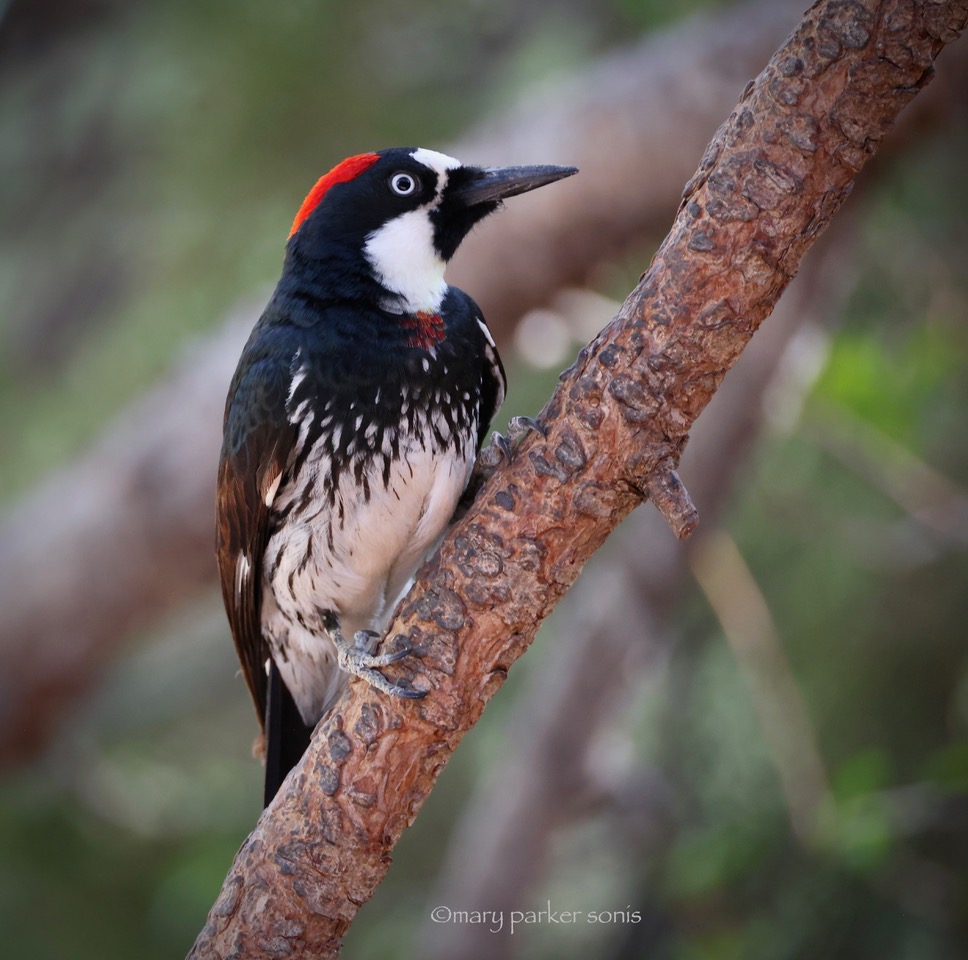
Here you can see the woodpecker at a storage tree. We were in town when our wonderful guide (Dave Jasper) pointed out a fascinating behavior of the Acorn Woodpecker. Given the drought, the Oaks have not produced a decent crop of acorns, but a woodpecker’s gotta do what it is programmed to do. A group of Acorn Woodpeckers had been taking small round pebbles and jamming them under the soffits of buildings in town.
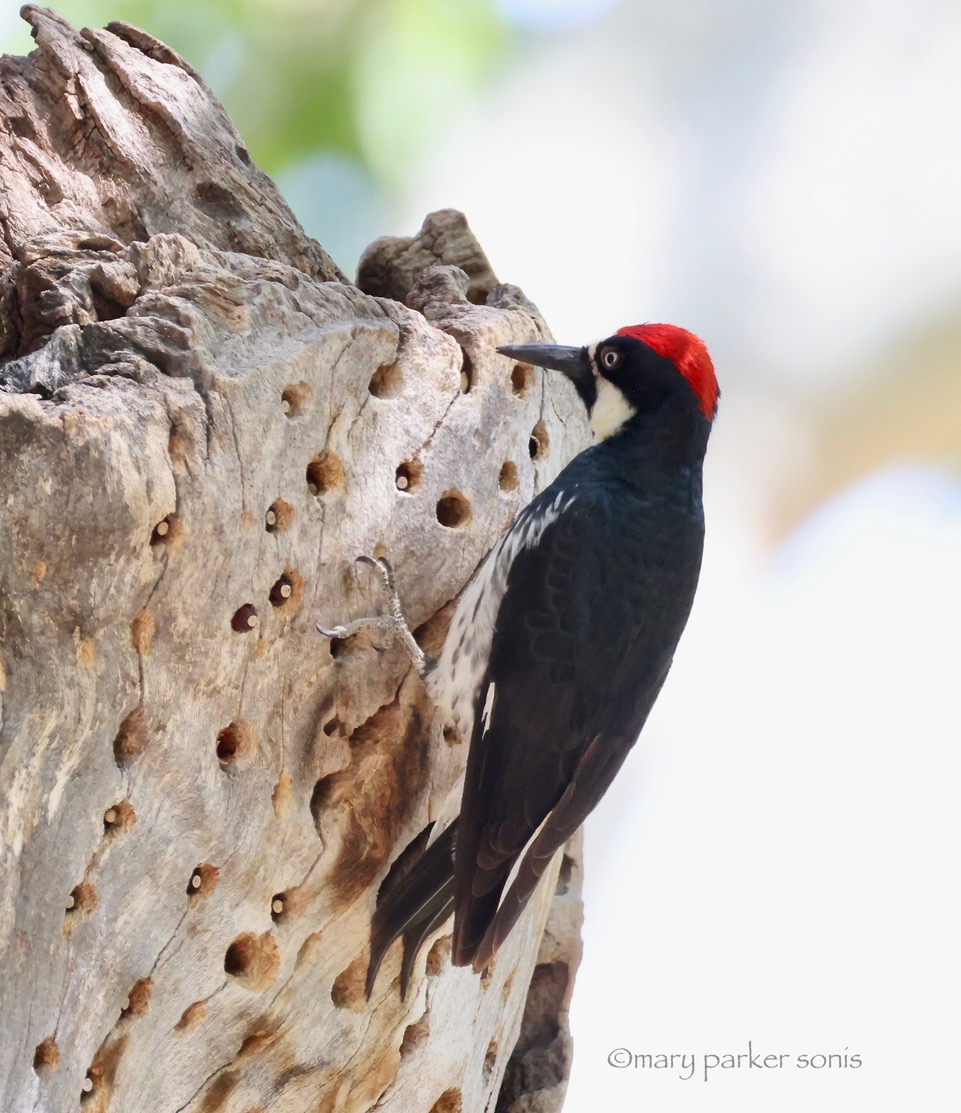
Wherever you turn, there are Gambel’s Quail racing along the ground. Desert, ranch or canyon, the Gambel’s are omnipresent.
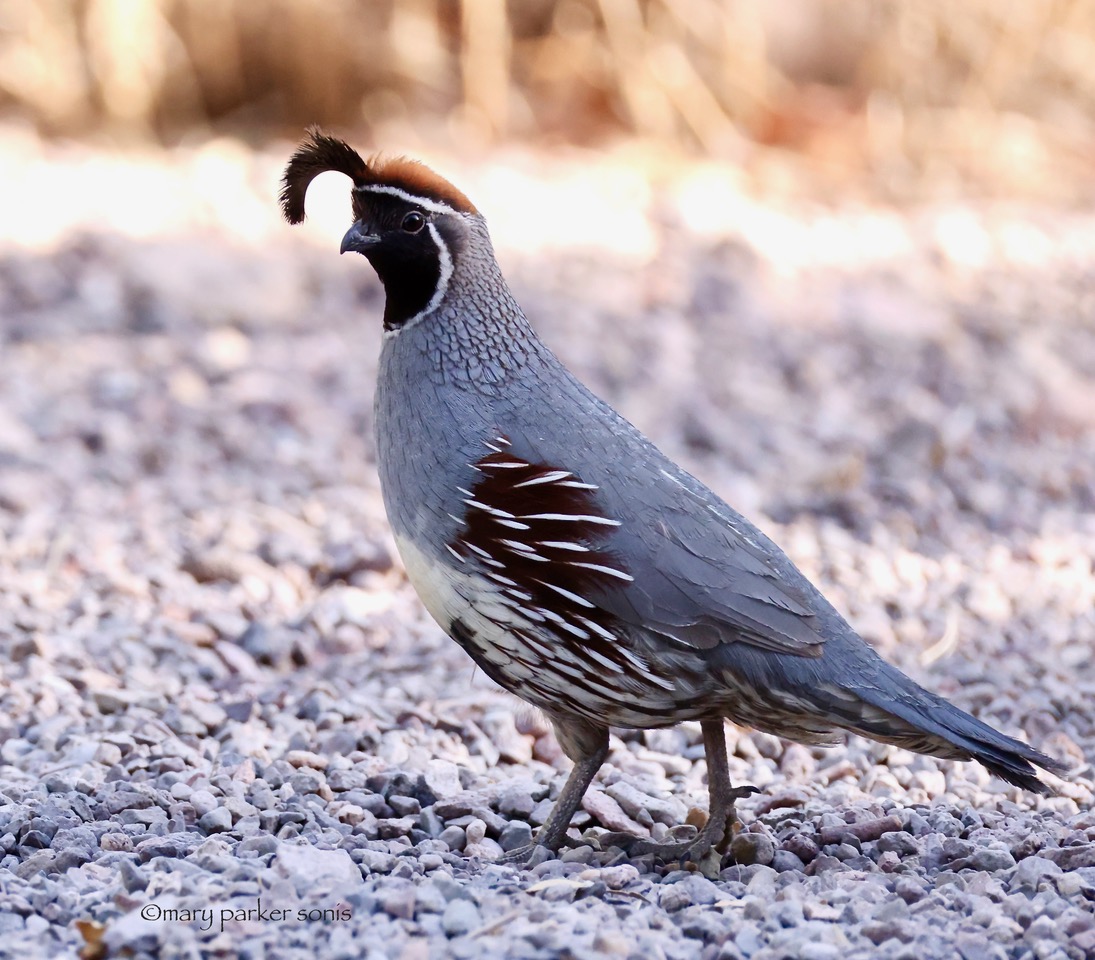
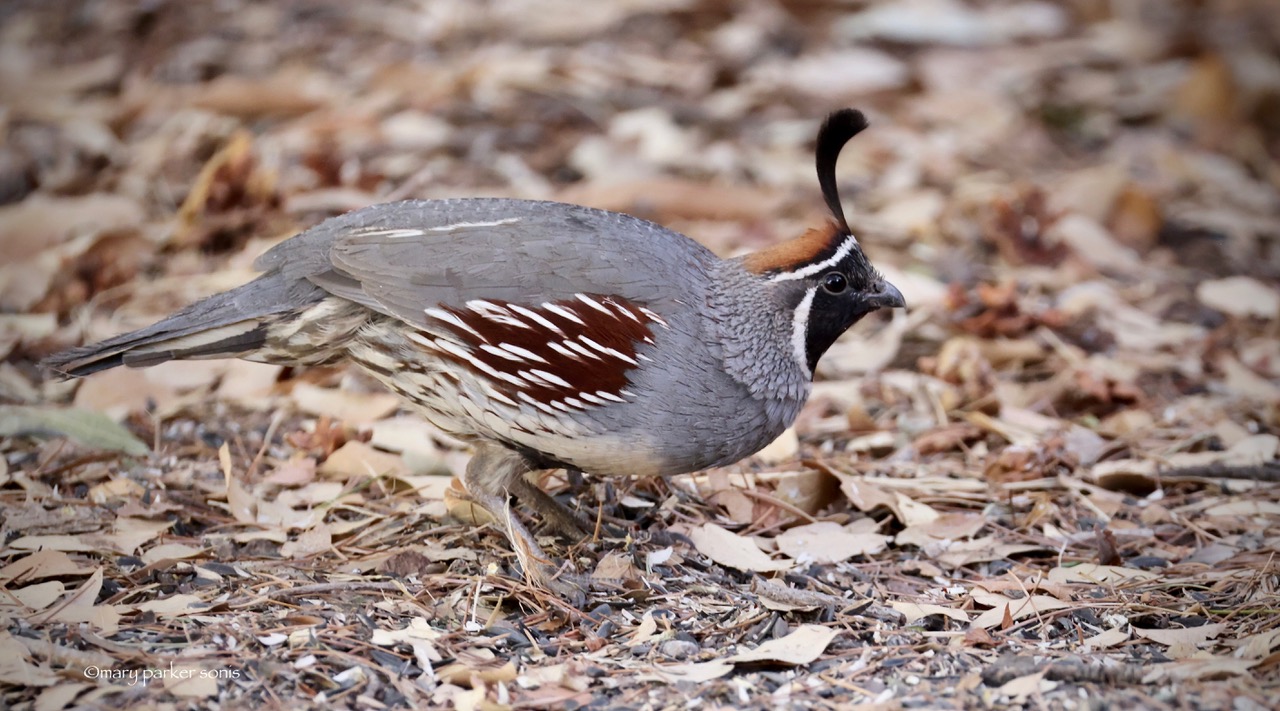
White-winged Dove enjoying a sprinkler bath on the ranch.
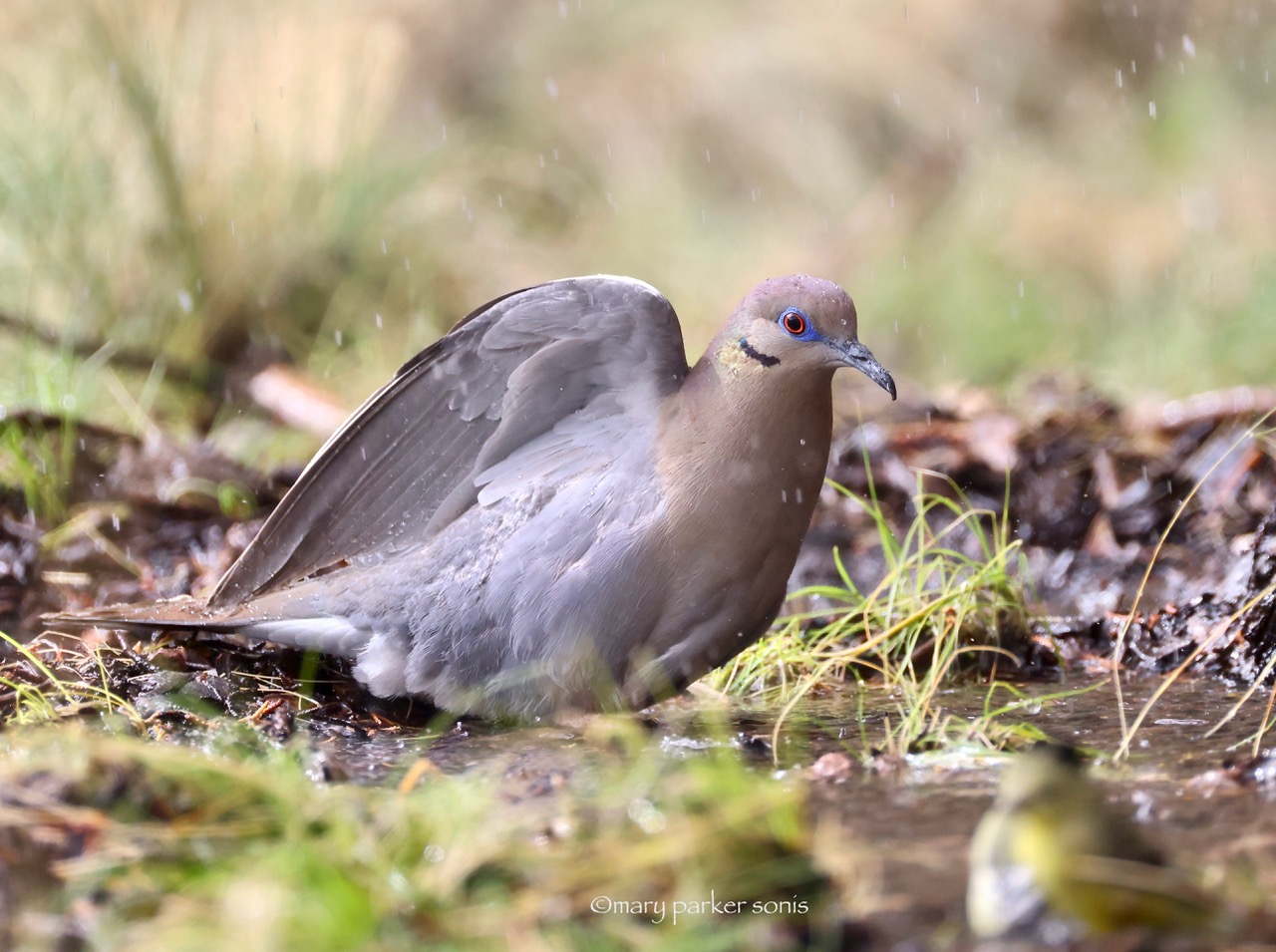
I found the Bridled Titmouse a particularly delightful bird. They are quite common, but that never diminished my enjoyment.
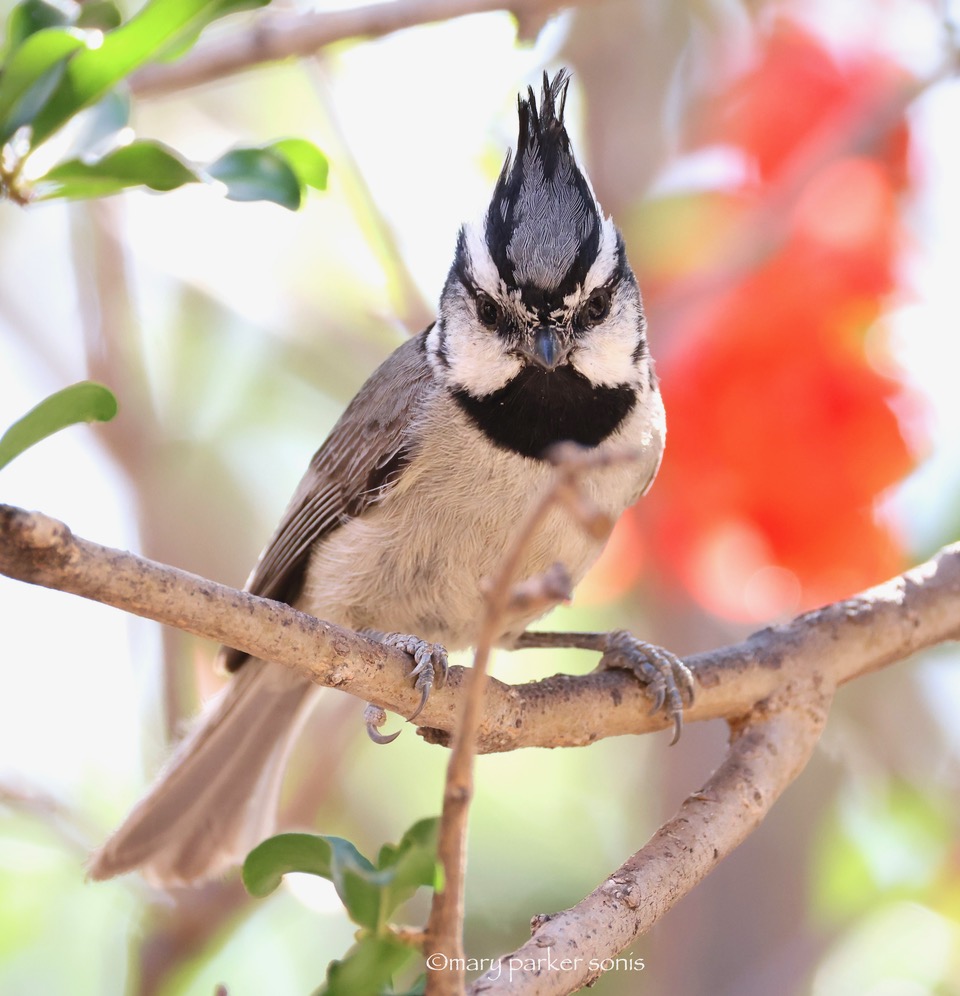
The gorgeous red flowers are from a Pomegranate tree. These trees are ideally suited to Arizona as they thrive in arid landscapes.
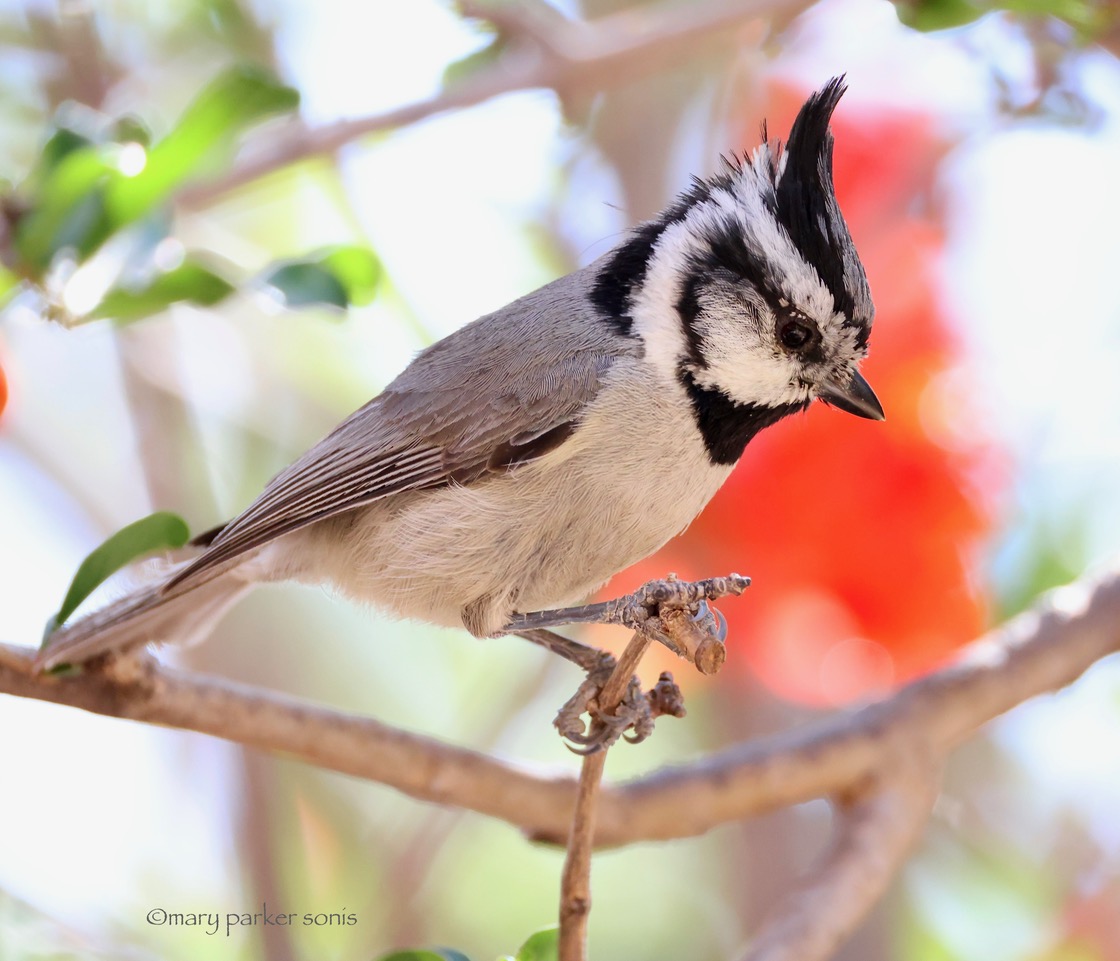
Curve-billed Thrasher
Cliff Cipmunk. These adorable creatures can be seen by the dozen. They are far more aerial and acrobatic than our eastern chipmunks. We encountered them at every location from ranch to canyon. They are so sure-footed that they often could be observed scurrying along building walls with a lizard- like grip.
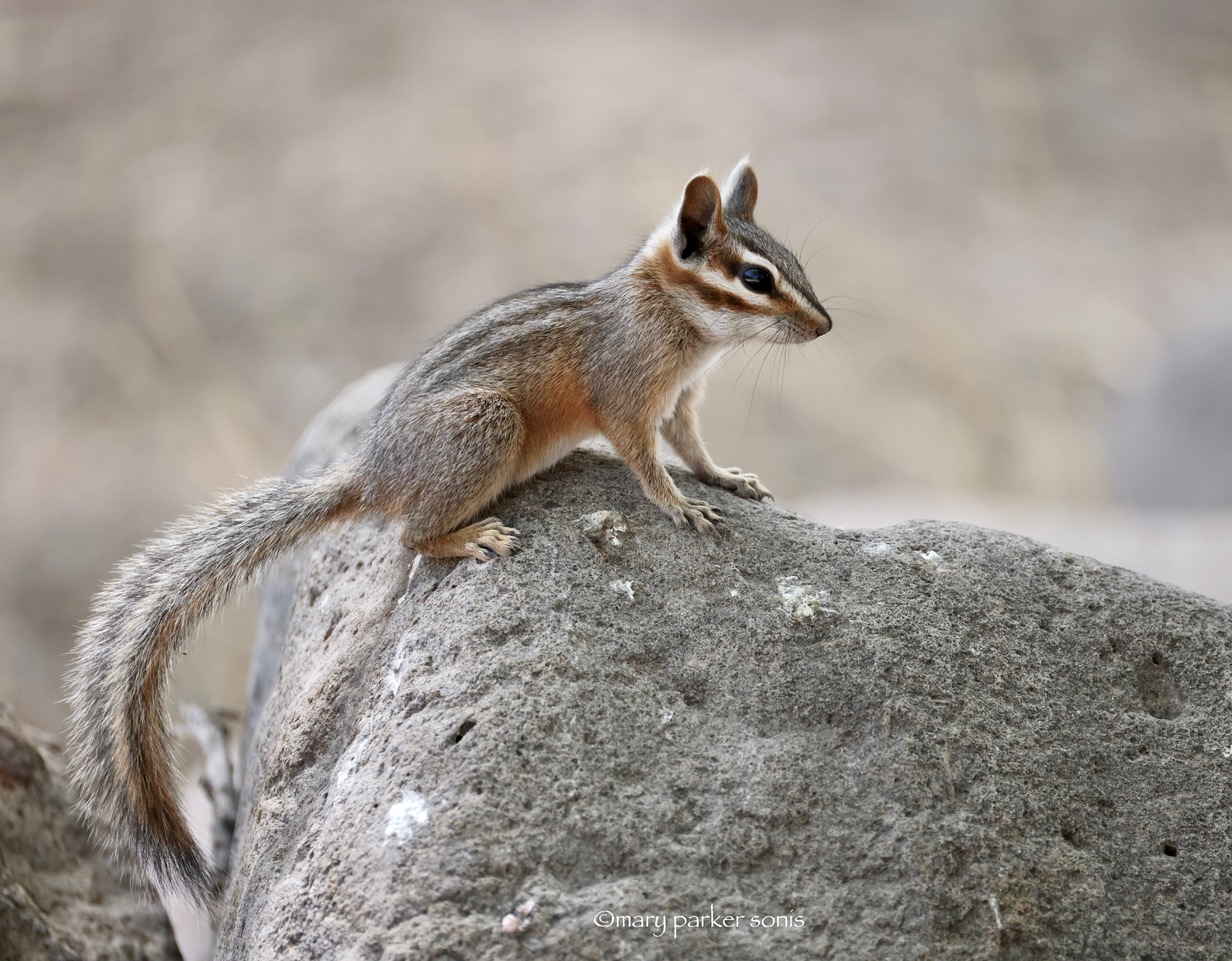
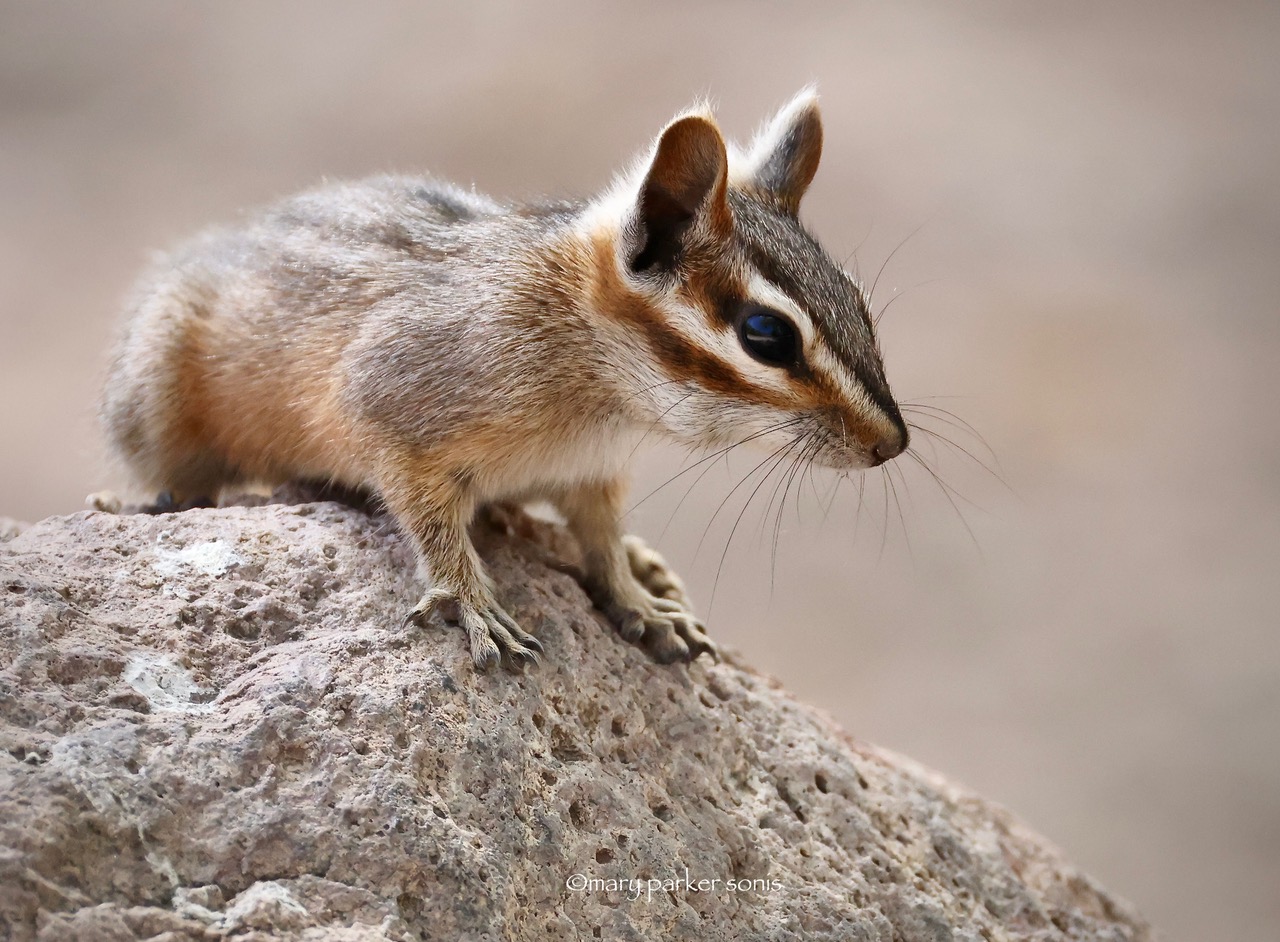
Coues Deer are a smaller subspecies of White-tailed deer native to Arizona and the desert southwest.
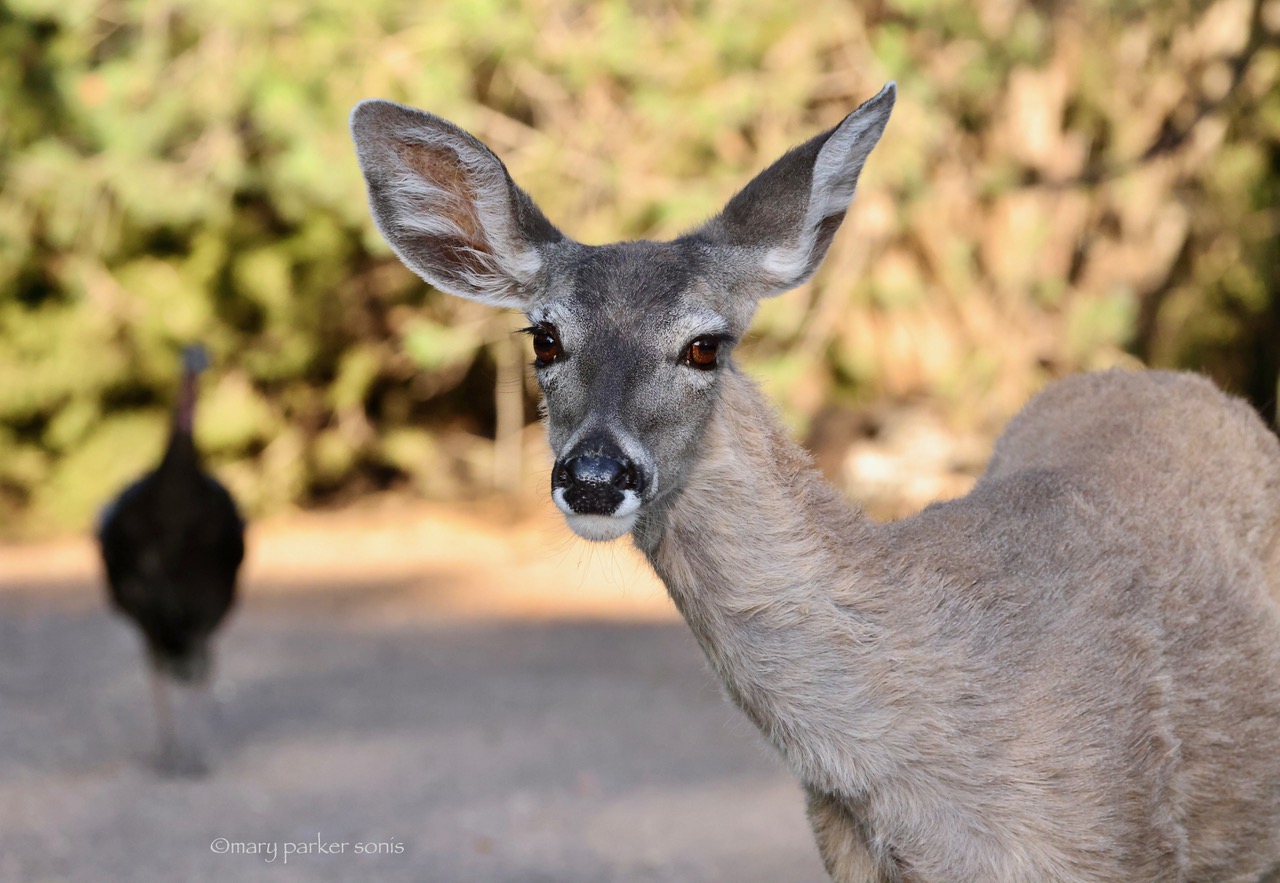
White-nosed Coati (Nasua narica). The ranch had its own daytime marauder. Thought to be an elderly male, this Coati had no fear of humans and regularly made appearances to steal from seed feeders of all types. He was living large, tearing up seed feeders, slurping up sugar water from hummingbird feeders, and downing an immense amount of peanut butter.
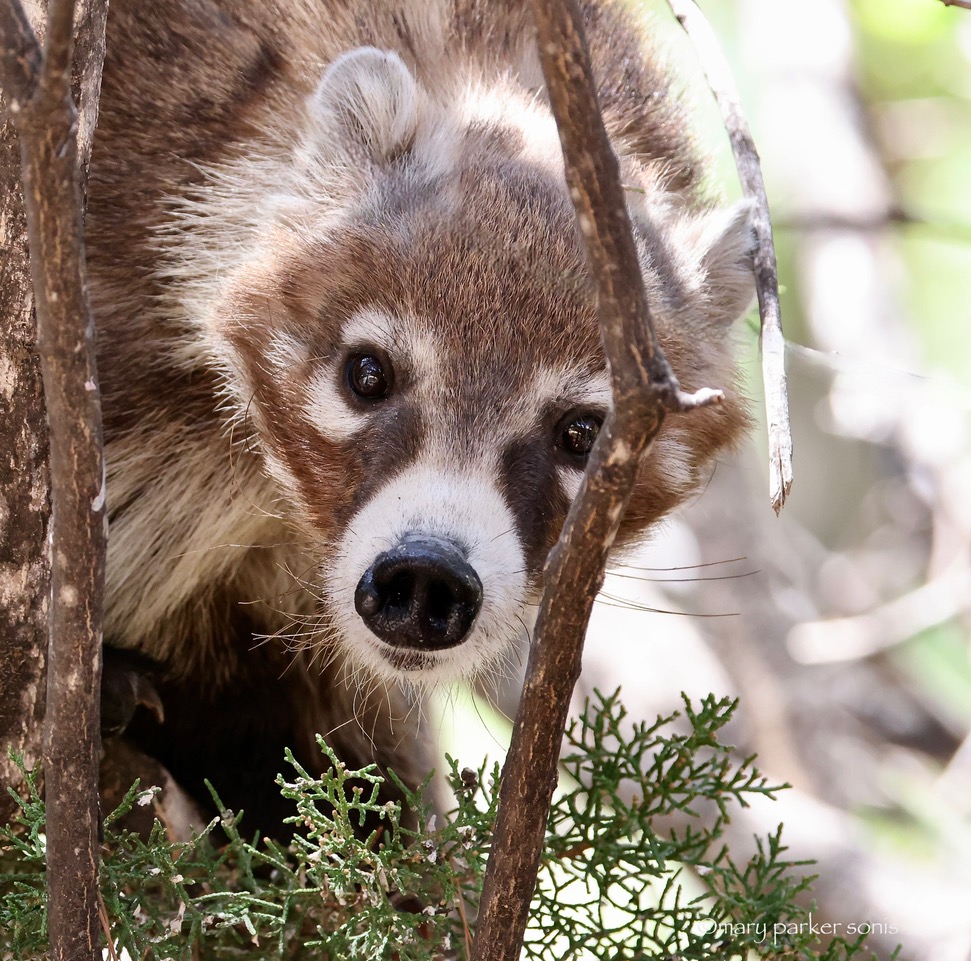
More to come in the next days.
So long from Southeastern Arizona.
Love,
Mary K
